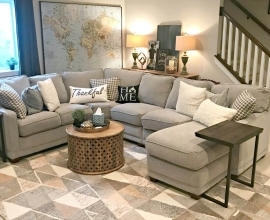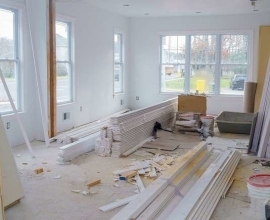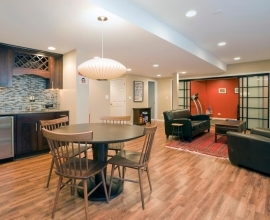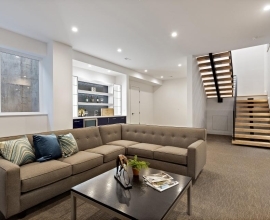Home Building Materials – Best Framing Choices For the Home Owner Builder
Don’t sweat the details? Hey, not good advice when it comes to framing your home.
Your home’s framing structure dictates the quality and strength of your final product. You’ll want to pay close attention to every detail. But, there’s more than one way to build a quality frame.
Your Major Home Framing Choices and Their Advantages
Before you have your blueprints drawn, you need to choose the framing method. This is vital because the material choice and engineering work depend upon it. All good blueprints identify and list these materials.
1) Traditional wood/stick framing:
Materials
Wood stud framing is probably the least expensive of the choices you can make. The availability of product is usually the greatest. This is especially true if you’re buying un-assembled product (not pre-nailed panels.)
Labor
With wood stick framing, you are dealing with the most common materials used in the USA, Canada and most of Australia. This makes finding experienced labor easy.
2) Site built steel framing:
Materials
Steel framing can be more eco-friendly with its longevity and its proclivity for effective recycling. The cost is not much different than wood, it is straighter and more uniform, and it’s lighter weight.
Labor
Finding labor for steel framed homes is getting easier. If you’re a do-it-yourselfer that is used to working with wood stick framing, you should be aware that the process requires some different skills.
3) Panelized steel or wood framing:
Materials
Panelized wall systems reduce the amount of labor you have to pay for, or do on site. The price of labor is built in to the panels you buy. These panels save you time and money on the building site.
Labor
Well-built panels can allow you to hire fewer and potentially less skilled framers. You will pay more for the lumber (as panels) because of the fact you’re purchasing labor as well. However, much of that labor is assembly line type work and inexpensive.
4) Structural Insulated Panels or SIPs:
Materials
These panels will cost more than traditional panels but they save in other areas. For one, the insulation is already part of the wall, therefore does not have to be added. They may also provide a more energy efficient home, saving in energy bills giving you a better life-time value.
Labor
Labor can be an issue depending upon availability of experienced SIP construction contractors. Always check with your local trade contractors before you have your architect design your home with SIP panels.
5) Insulating Concrete Forms or ICFs:
Materials
The materials involved with ICFs are foam blocks, cement, and steel (rebar.) They can be used for basements and walls. Thermal mass provided by the cement can help with the heating and cooling of your home.
Labor
This, like SIPs, can be a do it yourself project but you truly will need direction and help. Many ICF suppliers will “train” you to a degree. Be careful designing with ICFs if you cannot find experienced contractors and if you aren’t comfortable doing it yourself.
Eric Lachance is the heart of Royal Renovations Ottawa. Eric has more than 25 years of experience in the contracting and remodeling/renovation industry. All of his projects are completed professionally, meticulously and with great pride which is demonstrated by his superior craftsmanship.
Article Source: https://bit.ly/3GkkQnm







